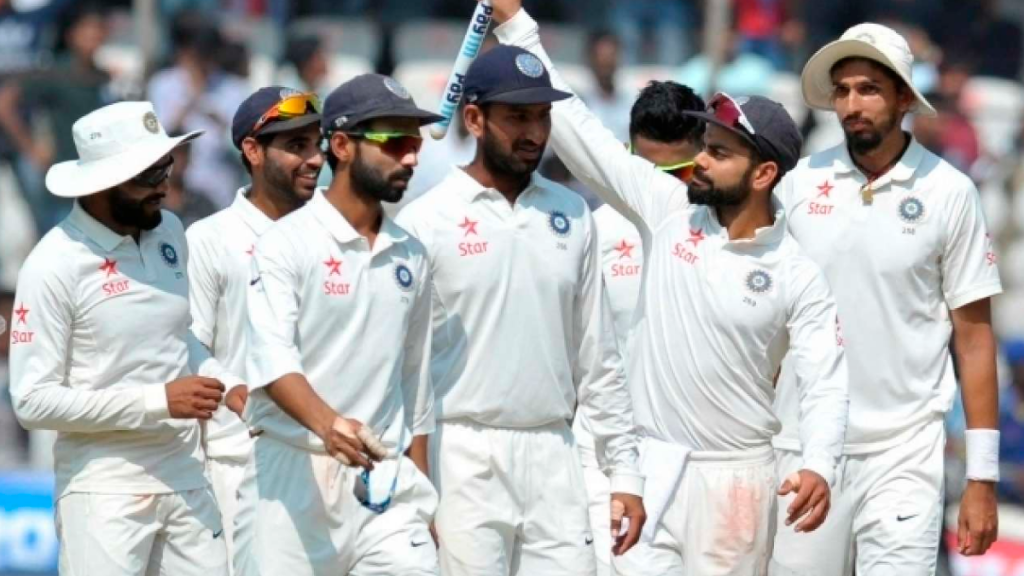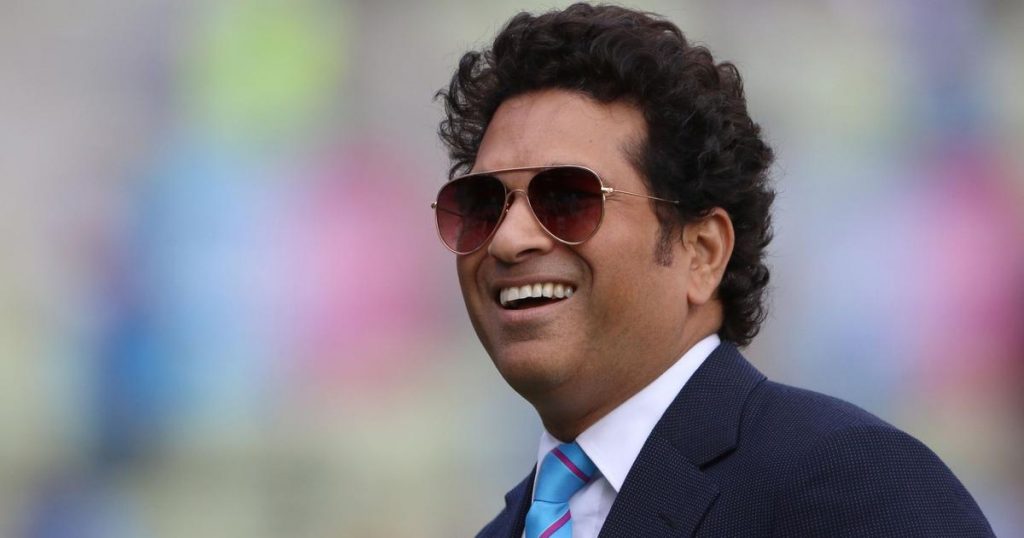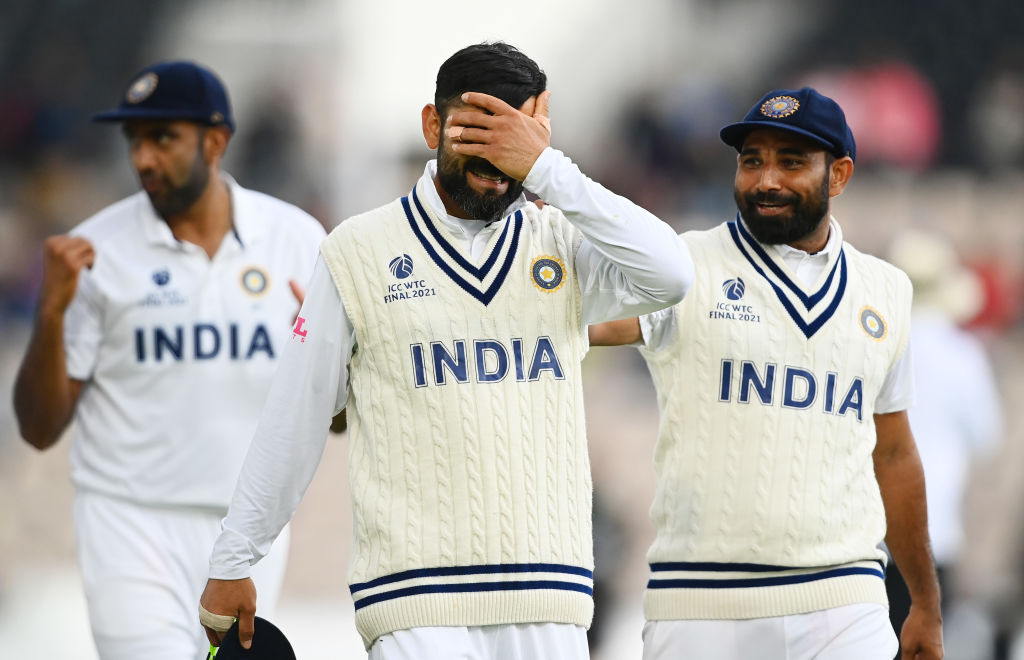
History of Test cricket
The first official Test cricket match was played in 1877, between national teams Australia and England in Melbourne. A dominant Australian team had won that match and then returned to England to claim yet another victory, which saw the English team seeing a lot of flak from critics and eventually led to the inception of The Ashes. Test cricket contests became a regular between the two teams before the likes of South Africa, West Indies, New Zealand, India, Pakistan and others joined in.
After the Second World War, Test matches became a regular occurrence during the English summer and Australia used to visit them quite often. The popularity of Test cricket skyrocketed with more and more matches being played across the world. More teams started touring each other and while the first 500 Test matches were played in around 84 years, the next 500 took only 23 years.
The power dynamics in the Test format has also seen a monumental shift over the years. What started with Australia and England as the specialists of the game, saw West Indies ruling roost for decades with some of the best players to ever play the game of cricket. As for India, the saying goes, “Cricket Is an Indian game accidentally discovered by the British”. From Sunil Gavaskar to Sachin Tendulkar and now Virat Kohli, India have seen some brilliant cricketers of Test cricket and their records speak for themselves.
Rules and regulations of Test Cricket
With a Test match potentially going on for as long as five days with inconsistent playing conditions, it needs numerous rules to govern it. And over the years, the rules of the Test format have changed drastically. From the number of playing days to the elimination of a rest day between a match to the playing hours, Test cricket has evolved massively.
A Test cricket usually consists of three sessions in a day with each session having 30 overs. The session breaks are 40 minutes for lunch and 20 minutes for tea. A Test match has two innings, meaning every team will bat twice unless there is a follow-on. A follow-on can be triggered by the captain of the team batting first if the team batting second trails the opponent by 200 runs or more. However, the decision to enforce a follow-on rests solely on the captain of the team with the lead. If the team chasing the lead fails to reach even after batting twice consecutively, then the team batting first is declared the winner.
As per rules, 90 overs should be bowled in a day of Test Cricket or 15 overs every hour, except for the last day when a match can get over sooner. Of course, overs are reduced in case a match is affected by rain, bad light or any other external conditions. In case of a change in innings on a day, two overs are deducted from the minimum overs to be bowled in the day’s play.
The introduction of a new ball plays a major role in Test cricket and a team can use a new ball after every 80 overs. A ball can be changed midway only if it runs out of shape. Among recent developments in Test cricket is the DRS (Decision Review System). Each team can use the DRS to challenge the umpire’s decision twice in an innings, and they can retain the review every time they are right.
The introduction of day-night Test cricket with the pink ball is another new introduction in the longest format of the game, which is played under floodlights.
ICC Test Cricket Men’s Team Rankings (Top 10)
| Position | Team | Matches | Points | Rating |
| 1 | New Zealand | 22 | 2, 764 | 126 |
| 2 | India | 25 | 2, 987 | 119 |
| 3 | Australia | 17 | 1, 844 | 108 |
| 4 | England | 35 | 3, 753 | 107 |
| 5 | Pakistan | 27 | 2, 481 | 92 |
| 6 | South Africa | 19 | 1, 675 | 88 |
| 7 | West Indies | 30 | 2, 396 | 80 |
| 8 | Sri Lanka | 27 | 2, 095 | 78 |
| 9 | Bangladesh | 16 | 779 | 49 |
| 10 | Zimbabwe | 11 | 342 | 31 |
ICC Player Rankings in Tests
Top Batsmen
| Position | Player | Team | Rating |
| 1 | Joe Root | England | 903 |
| 2 | Kane Williamson | New Zealand | 901 |
| 3 | Steve Smith | Australia | 891 |
| 4 | Marnus Labuschagne | Australia | 878 |
| 5 | Rohit Sharma | India | 813 |
Top Bowlers
| Position | Player | Team | Rating |
| 1 | Pat Cummins | Australia | 908 |
| 2 | Ravichandran Ashwin | India | 831 |
| 3 | Tim Southee | New Zealand | 824 |
| 4 | Josh Hazlewood | Australia | 816 |
| 5 | Neil Wagner | New Zealand | 810 |
Top All-Rounders
| Position | Player | Team | Rating |
| 1 | Jason Holder | West Indies | 434 |
| 2 | Ben Stokes | England | 348 |
| 3 | Ravindra Jadeja | India | 338 |
| 4 | Shakib Al Hasan | Bangladesh | 334 |
| 5 | Ravichandran Ashwin | India | 331 |
Who is the highest run-scorer in Tests?
Quite unsurprisingly, the highest run-scorer of all time in Test cricket is Indian batting legend, Sachin Tendulkar. Fondly known as the Master Blaster, Sachin Tendulkar has amassed almost 16,000 runs in the longest format of the game. Playing 200 Test matches in his cricketing career, which is the most by any player, is also a testament to his longevity in the sport. Tendulkar has 51 centuries in Test cricket and he retired with an average of 53.78.

Former Australia captain Ricky Ponting sits second in the list of all-time highest run scorers and he trails Tendulkar by over 2000 runs. In the third position is former South African all-rounder Jacques Kallis with 13, 289 runs in 166 matches, which is praiseworthy given that he was bowling for his team as well.
Current Indian cricket team coach Rahul Dravid is also on the list with 13, 289 runs to his name in Tests, and is followed by former England captain Alastair Cook with 12, 472 runs in 161 matches.
| Position | Player | Team | Runs Scored | Matches Played | 100s | Average |
| 1 | Sachin Tendulkar | India | 15, 921 | 200 | 51 | 53.78 |
| 2 | Ricky Ponting | Australia | 13, 378 | 168 | 41 | 51.85 |
| 3 | Jacques Kallis | South Africa | 13, 289 | 166 | 45 | 55.37 |
| 4 | Rahul Dravid | India | 13, 289 | 164 | 36 | 52.31 |
| 5 | Alaistair Cook | England | 12, 472 | 161 | 33 | 45.35 |
Who has taken the most wickets in Test cricket
The undisputed king of bowling in Test cricket has been Sri Lanka’s Muttiah Muralitharan. The spinner has a whopping 800 scalps to his name in just 133 matches. He is closely followed by Australian leg-spinner Shane Warne, who has 708 wickets in 145 matches.
Among the current players, only England’s James Anderson is among the top five all-time wicket-takers in Test cricket with 632 wickets to his name. India’s Anil Kumble sits fourth on the list with 619 wickets, but he is also the only bowler on this list with a 10-wicket haul in a single match to his name. Australian cricket legend Glenn McGrath sits fifth with 563 wickets in 124 matches and is only the second fast bowler on this list of all-time wicket-takers.
| Position | Player | Team | Wickets Taken | Matches Played | Best bowling figures | Average |
| 1 | Muttiah Muralitharan | Sri Lanka | 800 | 133 | 9/51 | 22.72 |
| 2 | Shane Warne | Australia | 708 | 145 | 8/71 | 25.41 |
| 3 | James Anderson | England | 632 | 166 | 7/42 | 26.62 |
| 4 | Anil Kumble | India | 619 | 132 | 10/74 | 29.65 |
| 5 | Glenn McGrath | Australia | 563 | 124 | 8/24 | 21.64 |

Team India Test calendar for 2021-22
Barring the World Test Championship final loss to New Zealand, the Indian cricket team had had a brilliant 2020-21 Test season. They turned heads by beating Australia away from home in the Border Gavaskar Trophy before absolutely dominating England on home soil. If that wasn’t enough, India then went to England for a five-match Test series and took a 2-1 lead before the tour was suspended midway.
Virat Kohli and his men will look to continue their strong form in the 2021-22 season, which starts with New Zealand visiting India for a two-match Test series. It will be followed by a tour of South Africa in mid-December, where India will play three Test matches.
Their 2021-22 Test season will finally end with Sri Lanka touring India in March with two Test matches in the itinerary among other matches.
| Date | Match | Venue | Time (IST) |
| November 25-29, 2021 | India vs New Zealand 1st Test Match | Green Park, Kanpur | 9:30 AM IST |
| December 3-7, 2021 | India vs New Zealand 2nd Test Match | Wankhede Stadium, Mumbai | 9:30 AM IST |
| December 17-21, 2021 | South Africa vs India 1st Test Match | The Wanderers Stadium, Johannesburg | 1:30 PM IST |
| December 26-39, 2021 | South Africa vs India 2nd Test Match | SuperSport Parl, Centurion | 1:30 PM IST |
| January 3-7, 2022 | South Africa vs India 3rd Test Match | Newlands, Cape Town | 1:30 PM IST |
| February 25-March 1, 2022 | India vs Sri Lanka 1st Test Match | M Chinnaswamy Stadium, Bengaluru | 10:00 AM IST |
| March 5-9, 2022 | India vs Sri Lanka 2nd Test Match | IS Bindra Stadium, Mohali | 10:00 AM IST |



